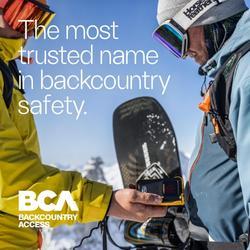
Drew Hardesty
Forecaster
You'll see below one of the reasons we started a BLOG. We were forever receiving great questions via email...but often wondered if many others had the same question and/or would benefit from the same answer. The email is from a participant in our most recent Advanced Avalanche Class. My agenda for the class - How to Make Better Go/No Go Decisions in the Backcountry - is below:
- Take a microscope to the 7 Avalanche Problems (Storm Snow, Wind Slab, Persistent Slab, Loose Snow, Deep Slab, Wet Snow, Cornice) with the goal of better understanding why, how, and where they form...and whether each is "manageable", or "unmanageable". Photos of each painted a clear distinction of each Problem. We looked at how each problem is rated based upon Likelihood of triggering, Expected Size of the avalanche, Location in regards to aspect/elevation, and then Trend.
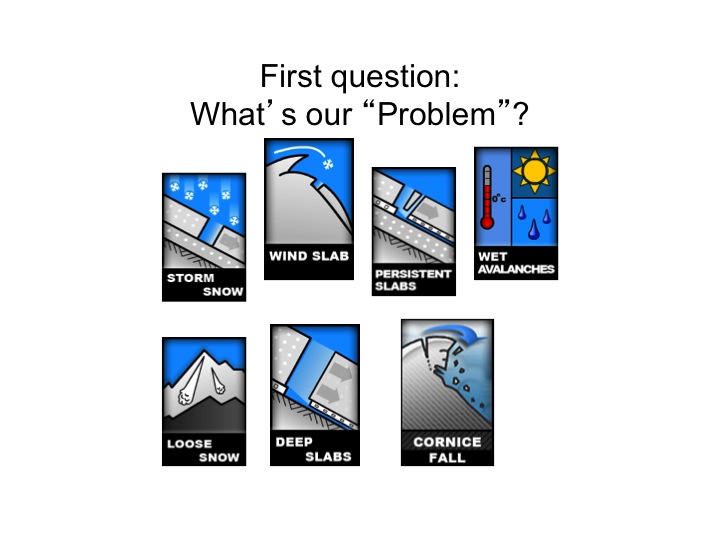
- Snowpack Dictates the Terrain Choices Once the Problem was understood, now how do we choose terrain from home based upon that problem...and then manage that terrain (up and down) once we're in the field.
- Stability Wheel With no bull's eye clues to go on (recent avalanches, cracking, collapsing, avalanche weather, etc - or see below regarding other clues from Mother Nature), we took a close look at the Stability Wheel (as developed by McCammon, Sharaf, Schweizer, and others). It looks to balance Strength, Energy, and Structure in a way that gives meaningful data for your Go/No Go decision making. Below isTable 1 - the 5 structural Lemons (or Red Flags) one may find in a snow pit. In other words, the more lemons, the worse structure you have. But - some lemons are more sour than others - which can be understood through experience or education.
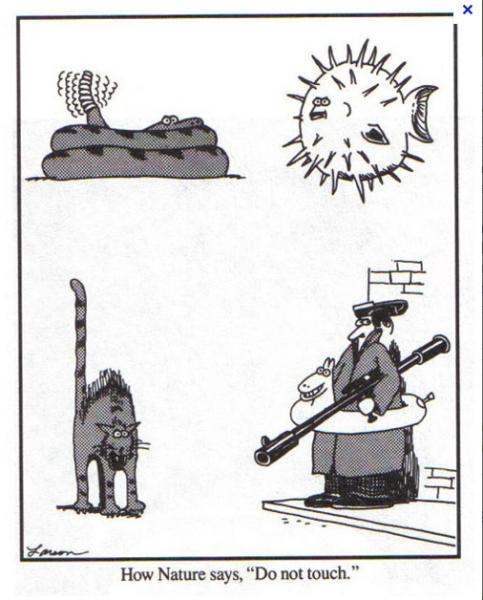
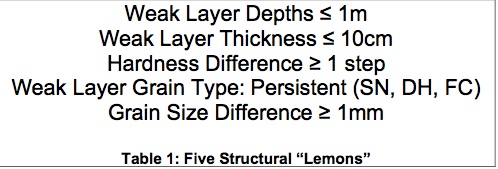
On Thu, Jan 31, 2013 at 4:38 PM, David wrote: Hi Drew, I'd like to thank you for the advanced avalanche course a week ago. It was a great refresher. I was the one who had a question about the use of the lemons for go-no go decisions at the end of the class session, but I was struggling to verbalize it. I think I've got it worked out, so I'd like to ask the question again in what is hopefully a clearer way. To what extent do the lemons show spatial variability? And here is what I'm getting at: We all know that stability tests show a lot of spatial variability, leading to confusion, head scratching, and potential for a false sense of security. I realize there will always be some variability, but I could imagine a situation where entire slopes exhibit the similar structural elements (lemons) while displaying widely different stability scores depending on where you dig. My thinking is the more uniform lemons are within a snowpack, the more weight I would give them. Conversely, if they are just as spatially variable as CT's are, then I would treat the idea of lemons as another layer of information no more or less valuable than other tests. So I'd be really interested to know, in practice, if avalanche professionals have found structural information as defined by the lemons to be less variable. As my wife will attest, I tend to over-think things and split hairs all the time, so my apologies. But, if I've made myself any clearer, I would love to get your feedback, and in particular hear to what extent lemons do or do not exhibit spatial variability. Thanks again, This is a great question David...and it takes a lot of homework out there to determine the variability of thesnowpackout there - not just on different aspects and elevations, but even across a slope. People have made their master's degrees on this. I'd encourage you to look at papers from the Int'l Snow Science Workshopsherejust plugging in spatial variability. Mike Clellandcartoon below. 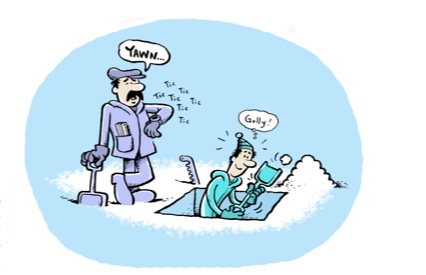
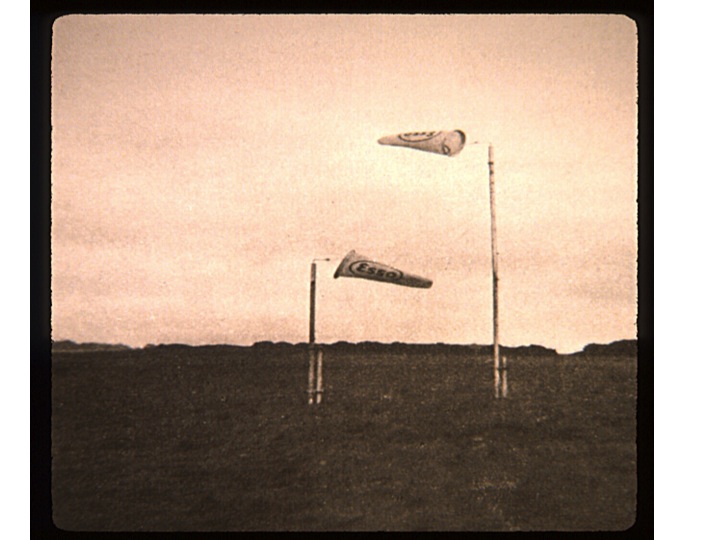

Just like anysnowpit, it shows you what is going onright thereand only right there. As I mentioned from myobinBeartraptwo days ago, you can even get different results with pits right adjacent to the otherthat had the same structure and same lemons. "Collapsing/cracking noted from 7800'-8400' on northwest to northeast facing slopes. ECTsconducted on northeast facing slopes at 9000' produced full propagation (20 taps) that elicited failure on both old and newer January failure planes 14 (.5mm mixed forms) and 24" (1mmfacets) deep. Two for the price of one. Of note, two otherECTsthat I conducted in the same area produced no results. I'm inclined to throw away the 'stable' results and keep the 'unstable' results. Best to stack the odds in your favor..."
- Strength - typically gauged by how many 'taps' you tap on the block/column. (Over)simply, the higher the number of taps, the more difficult it may be to trigger the avalanche. Relates to "senstivity", and plays a part in the Initiation of the avalanche.
- Energy - typically gauged by Quality of Shear (Q1,Q2,Q3) and how much propagation one sees at the failure plane.
- Structure - As measured by number of Lemons/Red Flags noted within the snowpit.
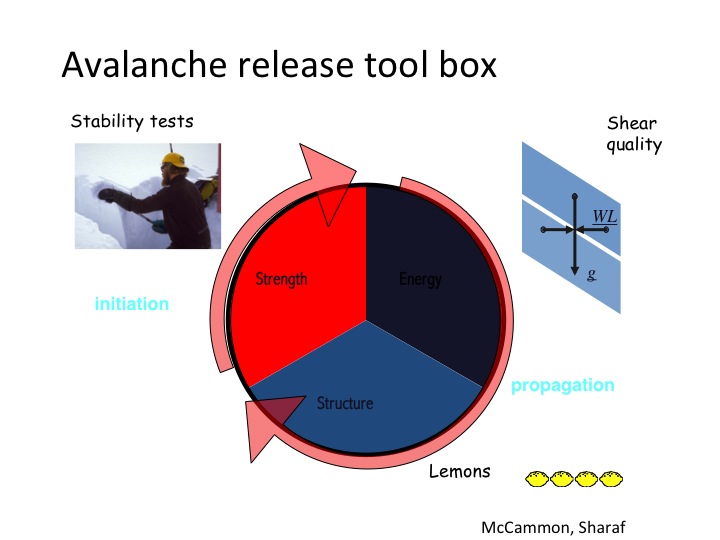
Oftentimes the variability of the lemons AND the strength/energy scores are variable due to so many reasons. Here are just a few: different wind loading patterns across the slope, 'ceiling' of surface hoar (ie- only up to 9000') or erosion or degradation of same (wind/sun)....contributing to vastly different TEST RESULTS and then different places one might trigger the slide. Frankly, sometimes we just don't know why.
Here's an example: perhaps you have the layer of buried surface hoar...but it's buried120cmdeep up high due to wind loading,80cmmid slope due to less wind loading, and only30cmdeep in the lower part of the slope. Where will you trigger the avalanche?It's just as likely that the higher portion of the slope may not even have the surface hoar feathers at all b/c they've been destroyed by wind prior to the loading event. It may also be true that even with the surface hoar intact, the slab is so stout and thick, it 'bridges' your weight. (Until it doesn't). Here, maybe you trigger the slide mid-slope. Up high, it's bridged or the weak layer is gone; down low maybe there isn't enough of a slab/load and it's just soft snow on soft snow.
So, in this case, you may or may not have the persistent weak layer, it may or may not be within a meter of the surface, and (down low) there may not be enough of a load or slab to make things sensitive. The thing to remember is that the Lemons are statistically correlated to avalanche activity, particularly human triggered activity. We all know that we can do everything by the book and still have an unpleasant outcome. It's why (even now in Utah) that with a highly variable snow structure, I tend to make even more cautious decisions. The key here is to use the information with a healthy bit of humility and use the information to make good decisions, NOT justify why you think you can get away with it. Too often folks with a little bit of knowledge but a lot of weight into - well - have baked theories on metamorphism, temp, crystal size, etc...and this is little more than what I've alluded to in the past - a Post Hoc Ergo scenario of correlation not equating to causation. It's true one often gets conflicting or confusing information out there (see below). How one uses this info can make all the difference.

Please follow up with any other questions David. Yours is such an important one that I may dig into things a bit deeper and put it onourBLOGwith your name anonymous.



